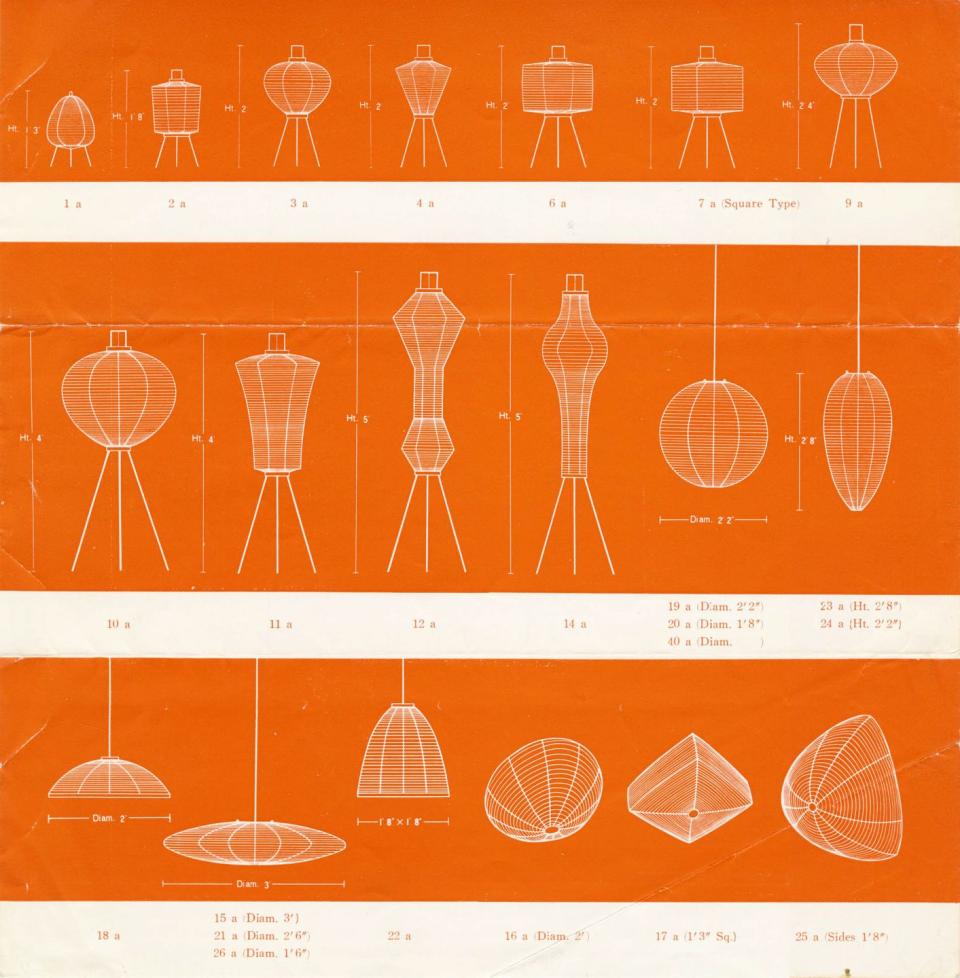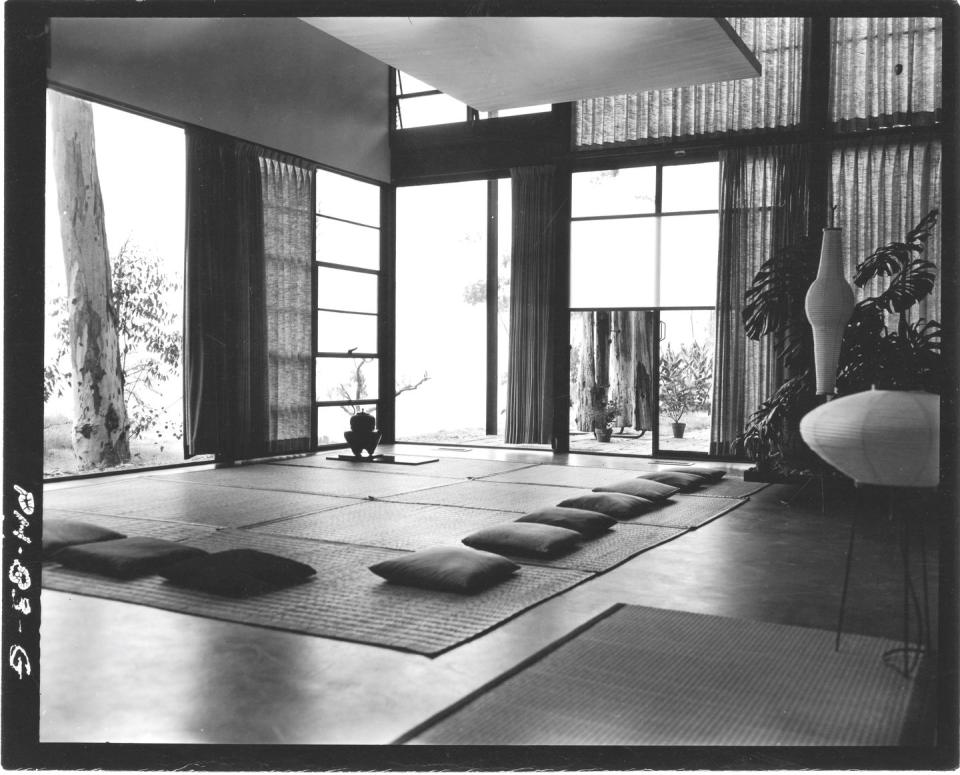How Isamu Noguchi's Akari lamps changed lighting forever

Although most often described as a sculptor, Isamu Noguchi’s output wasn’t confined to the realms of decorative art. He made stage sets, furniture (his eponymous coffee table is a cult piece) and created interiors as well as gardens.
In 1951, he embarked on a series of designs that would become a lifelong pursuit, arguably his best known work and influential to the point of imitation the world over: the ‘Akari Light Sculptures’.

Their conception was sparked by a trip to Gifu, a town in Japan known for its manufacture of paper parasols and lanterns. Here, the artist witnessed a fishing festival along the Nagara River, illuminated by lanterns mounted on each boat.
While there he sketched the first two models, partnering with local firm Ozeki & Co – which still manufactures the pieces to this day – to make the paper shades in the traditional way, handcrafting them from bamboo and paper made from mulberry bark. Taking their name from the Japanese word for ‘light’ – a play on their function and their physical lightness – Noguchi saw them as a hybrid of design and art ‘to bring sculpture into a more direct involvement with the common experience of living’.

Intended as a form of sculpture from the beginning, Noguchi quickly realised that the traditional construction of the lanterns had a hidden benefit that other works didn’t have: they could be folded down flat for storage and shipping. Although the shades couldn’t be patented because of the resemblance to traditional lanterns, Noguchi distinguished his designs from the cheap copies that appeared by developing stands and fixtures that could be.
His close friends Charles and Ray Eames once hosted a Japanese tea ceremony at the Eames House, with guests including Noguchi himself, actress Shirley Yamaguchi, karate master Sensei Matsumoto and Charlie Chaplin. ‘Akari’ lamps can be spotted in pictures of the event and became a fixture of their home.

The combination of flexible materials, skilled craftsmanship and the artist’s fascination with form proved to be endlessly fruitful. The lights quickly became almost ubiquitous in modern interiors. So much so that when Noguchi was asked to represent the US at the 1986 Venice Biennale, he was famously asked to show anything but the ‘Akari’ – a request he ignored, naturally.
Over the next three decades, Noguchi continued to visit Gifu on most trips to Japan, adding variations to the catalogue of designs – which total more than 100 and include table, floor and ceiling lamps ranging in size from a tiny 24cm to a towering 290cm – until his death in 1988.

Vitra became the Europe (excluding France) and Australia distributor of the ‘Akari’ lights in 2002. Noguchi’s timeless designs have illuminated spaces ranging from Georgia O’Keeffe’s New Mexico house to the edgy interiors of Ace Hotels, and are a fixture in ELLE Decoration homes around the world, from Phillip Lim’s New York loft to the Scottish Highlands home of designer Jill Macnair.

The designer was fond of his creations and recognised their wide appeal, famously noting: ‘All that you require to start a home are a room, a tatami, and “Akari”.’

